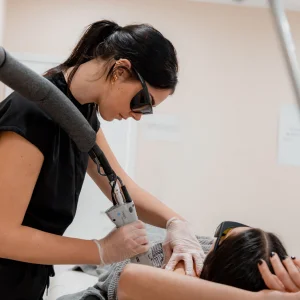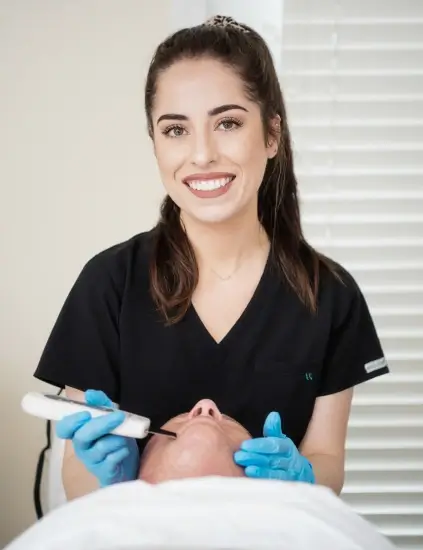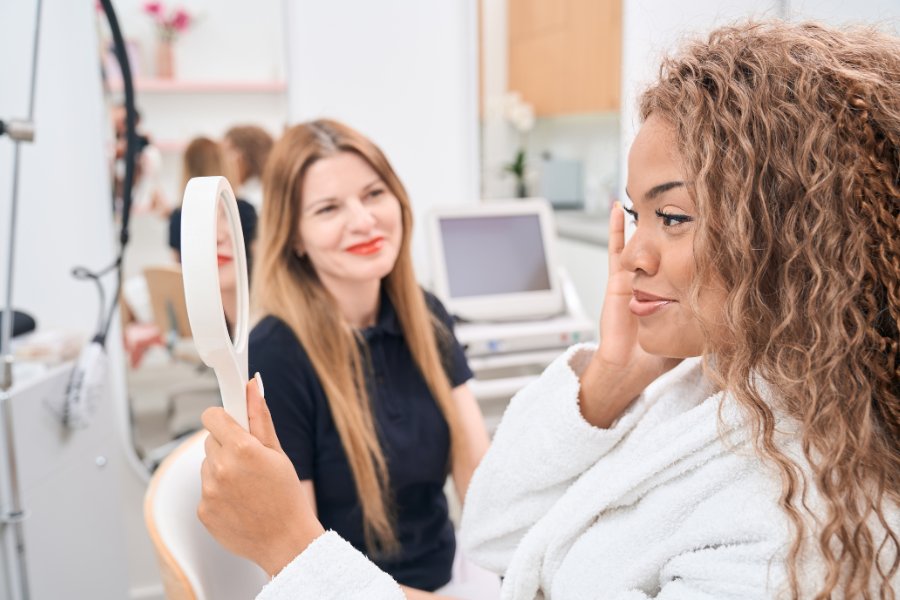How to price medical aesthetician services after graduating is one of the toughest parts of launching your career. There’s no magic number, but there is a way to figure it out that makes sense for you and your clients. This isn’t about guessing or copying someone else. It’s about breaking down the numbers and your market so you can set prices that cover your costs, respect your skills, and attract clients. Here’s how to price medical aesthetician services step-by-step.
Step 1: Calculate Your Costs
Before you pick a price, know your costs inside and out. This sounds obvious, but many overlook this step. Here’s what to do:
- List all your expenses related to each service. Think product costs like serums, masks, disposables (gloves, wipes), electricity for machines, and cleaning supplies.
- Add your overhead. This includes rent or booth fees, marketing, insurance, and business licenses.
- Don’t forget your time. How long does each service take? Multiply your ideal hourly wage by the time spent on each appointment, including prep and cleanup.
Example: If you want to make $30 per hour and your facial takes 1 hour, your labor cost for that session is $30.
If your products and disposables cost $10 per session and your overhead breaks down to $5 per session, your minimum price is: $30 (labor) + $10 (products) + $5 (overhead) = $45
What Counts as Overhead Cost?
Overhead costs are the regular expenses that keep your business running but aren’t tied directly to one treatment. Think rent for your space, utilities, advertising, insurance, software subscriptions, and even training courses. These costs happen no matter how many clients you see. Knowing your overhead helps you figure out how much each service needs to contribute to those expenses so you don’t lose money overall.
Step 2: Factor in Profit Margin
Your price isn’t just about breaking even. You need profit to keep your business growing.
- A simple formula to calculate price, including profit, is:
- Price = (Total Costs) ÷ (1 – Desired Profit Margin)
If you want a 20% profit margin, plug the numbers in like this:
- Price = $45 ÷ (1 – 0.20)
- Price = $45 ÷ 0.80
- Price = $56.25
So, your price for that facial should be about $56 to cover costs and make a profit.
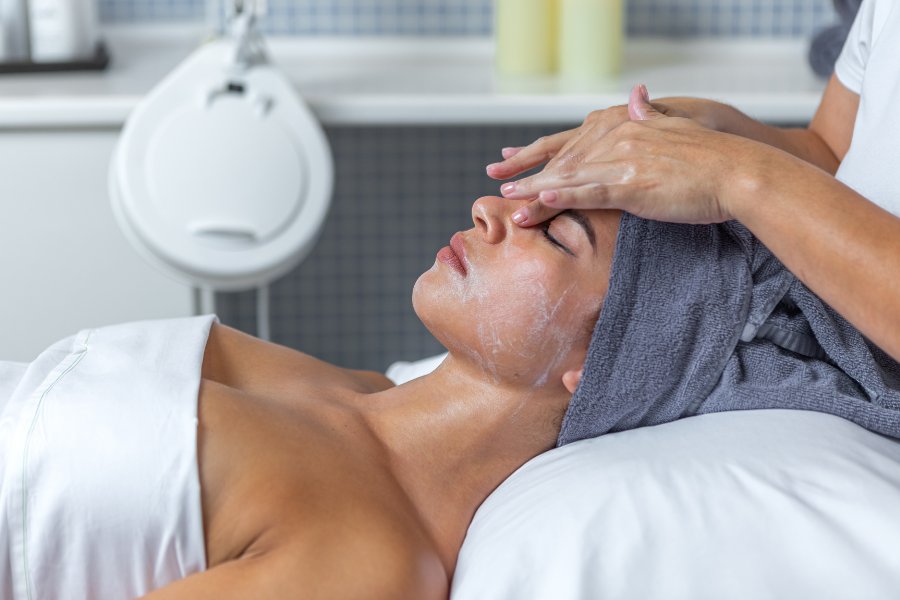
What Is Profit Margin and Why Does It Matter?
Profit margin is basically the percentage of the price that’s your earnings after covering all expenses. It’s how you pay yourself (very important), save for growth, and handle unexpected costs. If your profit margin is too low, your business won’t last long because you’re barely breaking even. Aim for a margin that gives you room to breathe, typically between 15% and 30% depending on your goals and market.
Step 3: Research the Local Market
You need to know where your pricing fits compared to others in Tampa. Go online or call around. Look at these:
- Prices for similar treatments
- Experience levels of providers
- Location (downtown vs. suburbs)
Take notes, but don’t just copy. Use this info to position yourself. If you’re a new graduate, you might start a bit lower or offer introductory specials to attract clients. If you have extra training or use premium products, you can price higher.
Step 4: Know Your Unique Value
Ask yourself what makes your services different. Do you specialize in a particular treatment? Use high-end products? Offer exceptional customer service? Your pricing should reflect this.
It’s okay to charge more if you’re delivering more. Make sure you communicate that clearly to clients so they understand why your price might be higher than someone else’s.
Step 5: Build Pricing Around Time and Complexity
Not all services fit into a one-size-fits-all pricing model. Break your services into categories like:
- Quick treatments (15-30 mins)
- Standard treatments (45-60 mins)
- Advanced or combination treatments (90+ mins)
- Assign prices based on how long they take and the complexity. You can set an hourly rate and then charge by the minute or by service type.
For example: If your hourly rate is $60, a 30-minute treatment should be about $30. Adjust for supplies and profit as we discussed.
Step 6: Use Packages and Memberships
Offering packages or memberships is always a smart move. Here’s how:
- Bundle 3 or 5 sessions with a slight discount (like 10-15% off).
- Create monthly membership plans that include one or two services per month for a fixed fee.
This approach helps with steady cash flow and encourages clients to commit long-term.
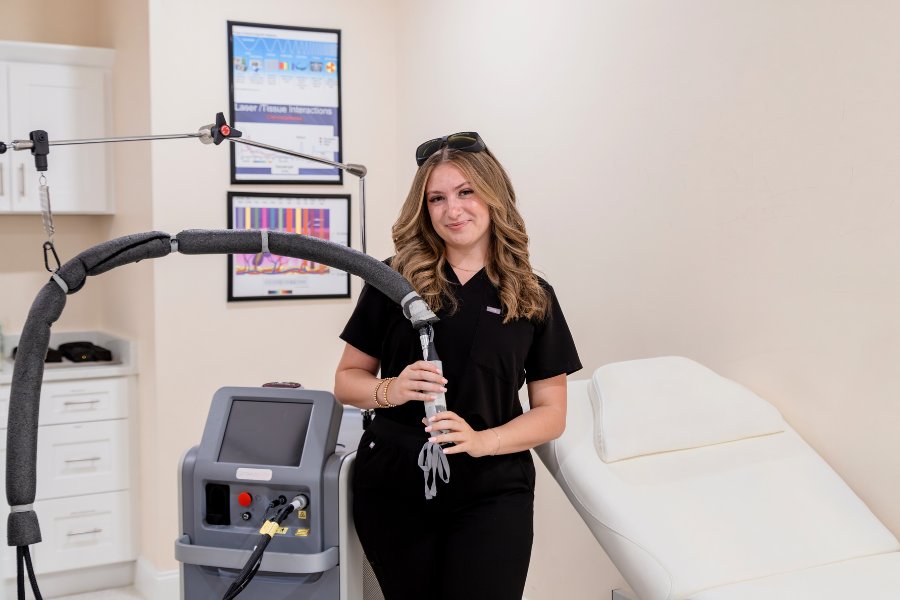
Step 7: Review and Adjust Your Pricing Regularly
Your first price won’t be your last. Track your bookings, client feedback, and your income every month. Ask:
- Are clients happy with the price?
- Are you fully booked or struggling to fill slots?
- Are your costs changing?
If you’re fully booked, it’s okay to raise prices gradually. If you’re not getting enough clients, maybe try a promotion or review your pricing structure.
Step 8: Be Transparent and Confident
Finally, don’t shy away from talking about your prices clearly. Be upfront on your website, social media, or when clients call. Explain what your price covers and why it’s worth it. Keep in mind that people
Confidence in your pricing helps clients trust you. Remember, you’re not just selling a treatment, you’re selling expertise and care.
Pricing your services is a skill that grows with your business. Start by knowing your numbers and build from there. At Beauty and Health Institute, we want you to feel prepared to set prices that respect your work and attract the clients you want. The more you understand how to price medical aesthetician services after your medical aesthetician certification program, the easier it gets to run a successful business!

